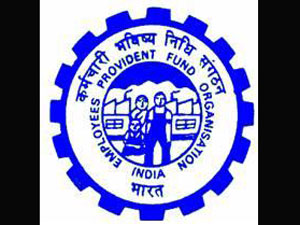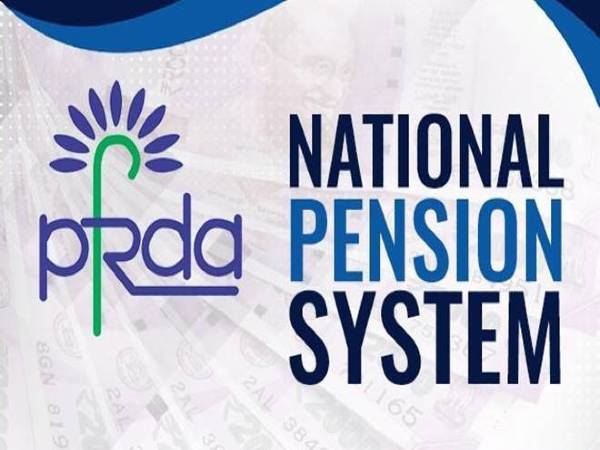What Are The Best Retirement Saving Options To Start Now?
For many people, not saving enough or relying on a single source of income in retirement are serious issues. While some who have been lucky enough to contribute to their retirement corpus throughout their career can rely on their funds to help them in retirement, for some, that alone may not be enough to live comfortably or retain their present lifestyle.
When it comes to retirement planning, there are a variety of financial instruments in which you may invest to help you create your retirement corpus. Because this is a long-term investment and you won't need any income from it for a long time, you have greater leeway in deciding how to use your funds. If you want to establish a sizable corpus, a debt-to-equity ratio of 50:50 may enough.

Equity Options
If you are attempting to construct a retirement fund, it is critical that you begin investing in stocks as soon as possible in order to allow your portfolio the time it need to develop to a respectable size.
There is no other vehicle that can compete with the returns generated by equities and equity-related securities such as mutual funds. If stocks are too hazardous for you, you might consider solution-oriented retirement funds as part of your retirement corpus's equity component.
Focusing on dividend-paying equities is another method to boost your retirement income. When done correctly, there is the potential for thousands of dollars in monthly dividend income.

Debt Options
The Employees' Provident Fund (EPF) is at the top of the list in terms of rate of return. This scheme is designed for the organised sector private employees. The current annual rate of return is 8.10%, and it is eligible for tax deductions of up to Rs 1.5 lakh under Section 80 C of the Income Tax Act of 1961. It also has EEE tax status, which implies that its returns are not tax deductible.
The Public Provident Fund comes next (PPF). This scheme is a long-term investment option that provides an appealing rate of return on investment. The interest and refunds are not taxable under the Income Tax Act.
Under this scheme, one must open a PPF account, and the amount deposited during the year is deductible under section 80C. It provides the same advantages as EPF. To keep it running, you may invest anywhere between Rs 500 and Rs 1.5 lakh every year. The current rate of return is 7.10%, and rates are announced every quarter.

National Pension Scheme (NPS)
Depending on one's preferences and age, this retirement option by the Central Government of India offers a combination of loan and equity. This is a retirement investment solution that is tailored to your specific needs.
Citizens between the ages of 18 and 70 can create NPS accounts. NPS demands that a minimum of Rs 1000 be contributed to one's NPS account balance each year till retirement. After maturity, around 60% of the funds can be taken. An annuity must be obtained with the remaining 40% to ensure a constant income after retirement.
It provides tax deduction up to Rs 1.5 lakh under Section 80C and an additional deduction of Rs. 50,000 under Section 80CCD (1b).
Bottom Line
It's important to safeguard this money because it's your hard-earned cash. As a result, make careful to spread your investments out across at least two years to avoid catching a market high. While this may result in losses and prohibit you from investing the money while the market is at its highest, it is critical to do so.































